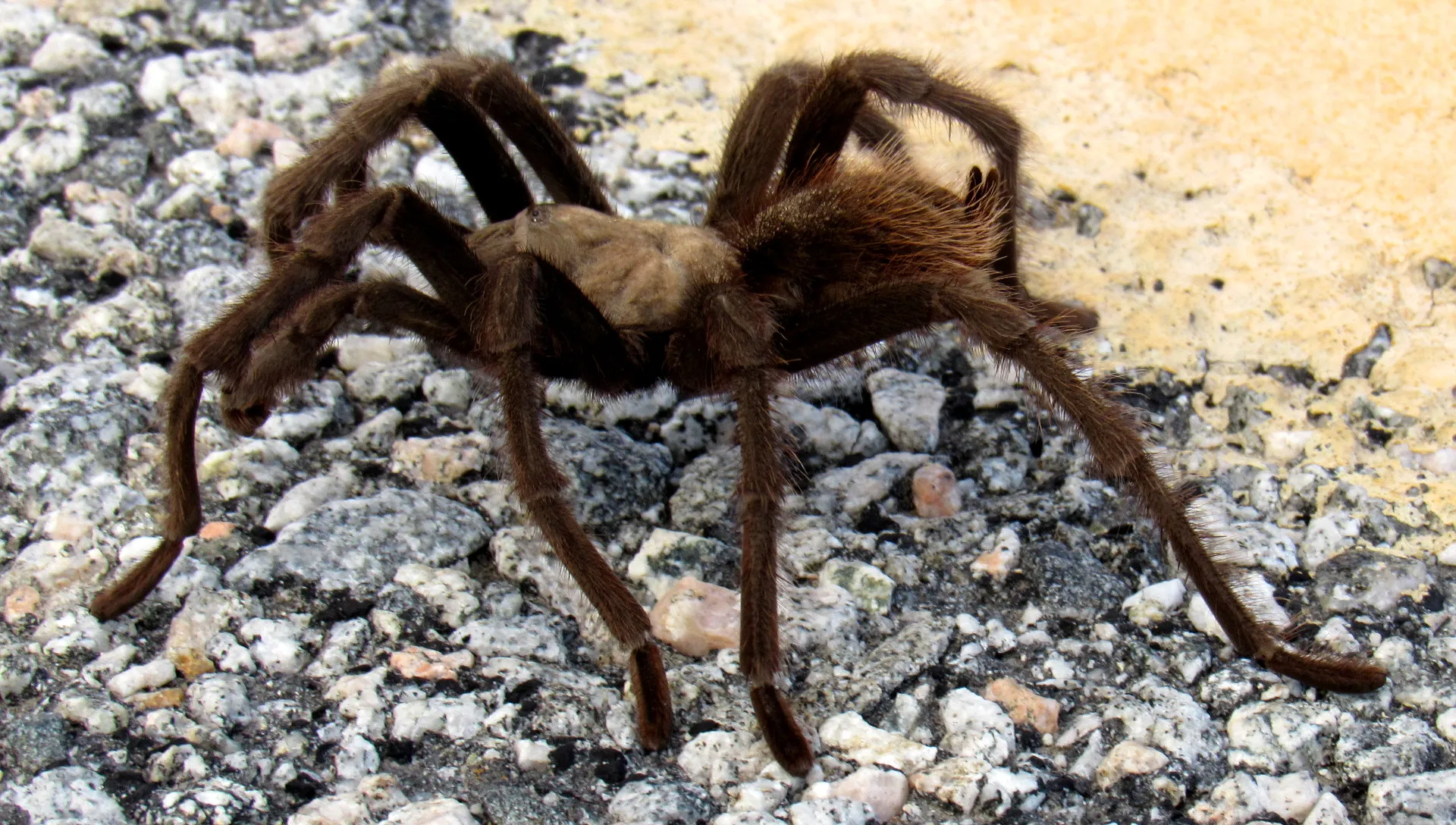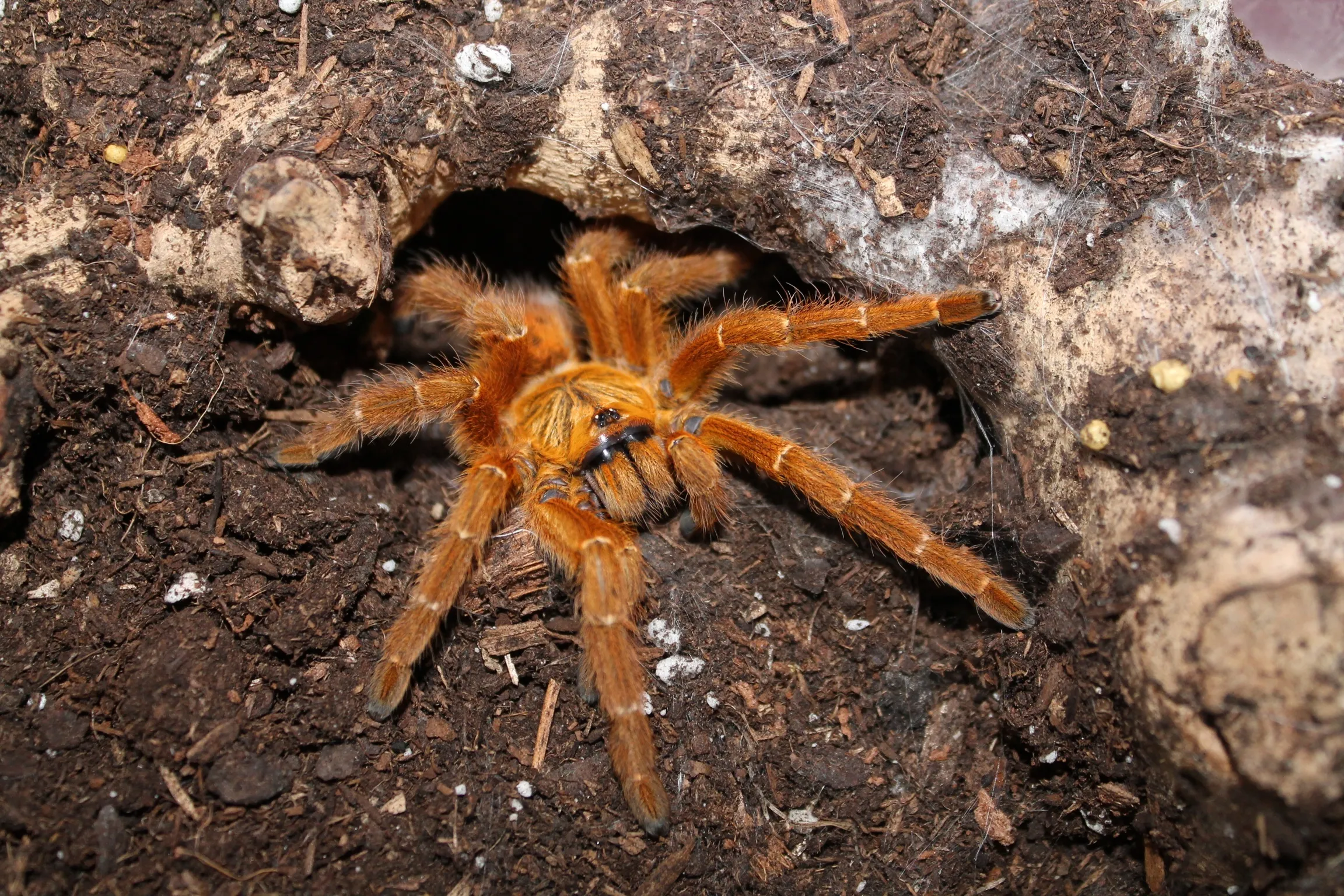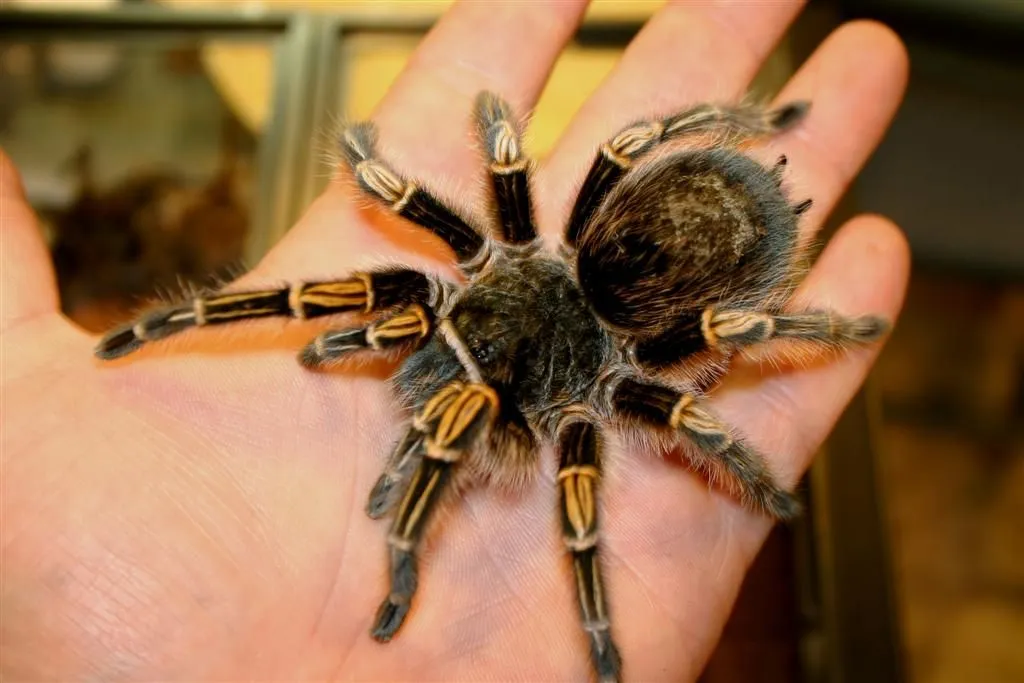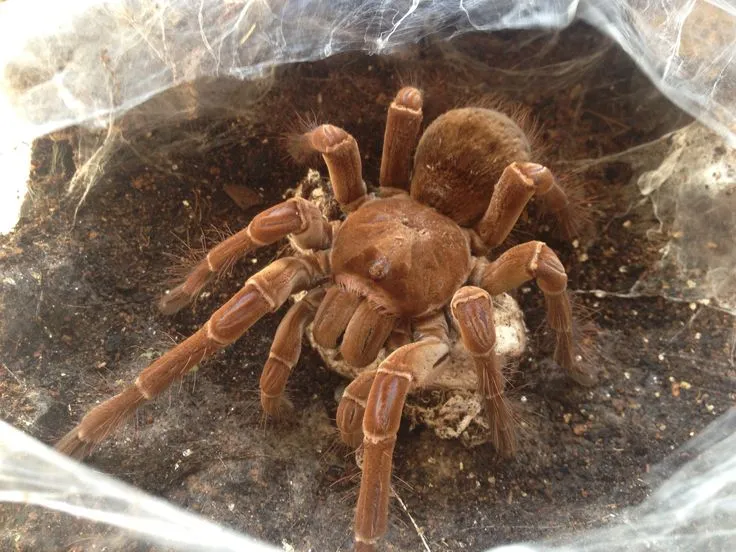Why Breed Tarantulas in the UK
Tarantula breeding in the UK can be a rewarding experience for enthusiasts. It allows you to contribute to the hobby by producing new specimens and potentially rare species. The UK market for tarantulas is vibrant, with a growing number of hobbyists seeking to expand their collections. Breeding your own tarantulas offers a level of control over their lineage, health, and care. This offers the opportunity to contribute to the conservation of certain species and learn more about their life cycles. Furthermore, the process is a fascinating journey into the world of arachnids. Responsible breeding practices are crucial to ensure the well-being of the tarantulas and contribute positively to the community.
Benefits of Breeding Tarantulas
Breeding tarantulas offers several advantages. Firstly, it provides a continuous supply of these fascinating creatures, reducing the reliance on wild-caught specimens and supporting conservation efforts. Secondly, breeding at home gives you a profound understanding of tarantulas’ behavior and life cycle. You will also improve your skills in animal husbandry, learn about genetics and responsible pet ownership. Moreover, breeding can be a cost-effective method of expanding your collection, since you can raise the spiderlings rather than buying them. Breeders can also develop unique bloodlines. For many, the simple joy of witnessing the life cycle of these amazing creatures is a key reward.
Getting Started with UK Tarantula Breeding

To start breeding tarantulas in the UK, you must be well-prepared. Research is key; begin by studying the specific needs of the species you intend to breed, including their natural habitat, diet, and reproductive habits. Acquire the necessary equipment. This includes appropriate enclosures, heating and lighting equipment, and specialized tools for handling and caring for tarantulas. It’s also important to find reliable sources for obtaining healthy adult tarantulas. Be prepared to invest time in studying their behavior and managing the breeding process. You must also familiarise yourself with UK regulations regarding animal ownership and breeding. Finally, patience is paramount, as breeding is rarely a quick process.
Choosing Your Tarantulas for Breeding
Selecting the right tarantulas is vital for a successful breeding program. Start by choosing a species you are passionate about. Research their breeding requirements, growth rates, and overall care needs. Consider the availability of the species in the UK, and whether they are suited to your experience level. A good starting point is to find a species that is relatively common in the hobby and has a proven track record of successful breeding. Look for healthy adult tarantulas from reputable breeders or suppliers. Check for signs of a healthy specimen, such as a good appetite, robust appearance, and active behavior. Avoid any tarantulas that appear to be underweight, have signs of illness, or show any unusual behavior.
Selecting Healthy Breeding Pairs
Choosing healthy breeding pairs is critical for successful breeding and the health of the offspring. Inspect the prospective breeding pair thoroughly, paying close attention to their overall condition. Ensure the tarantulas are well-fed, hydrated, and free from any signs of disease or parasites. Observe their behavior. Look for tarantulas that are active, alert, and exhibit normal behaviors for their species. The female must be mature. Her maturity is typically indicated by her size and appearance, such as a fully developed carapace and the presence of eggs within her abdomen. A male tarantula has to be sexually mature; this is usually indicated by the presence of tibial hooks and bulbous pedipalps. If possible, verify the tarantulas’ lineage to avoid inbreeding.
Species Selection for UK Breeders

The UK climate and legal restrictions impact your species selection. Some species are better suited to the British climate due to their ease of care and tolerance of varying environmental conditions. Consider species known for their resilience and adaptability, such as various New World tarantulas. Research the legal status of the species in the UK. Some species are protected or require special permits to keep or breed. Ensure you comply with local regulations. The availability of species also affects your selection. The accessibility of adult tarantulas can vary; research is needed to locate reputable breeders or suppliers. Popular beginner-friendly species include the Chilean Rose Hair and the Mexican Red Knee, due to their manageable size, docile temperament, and relatively straightforward breeding requirements.
Setting Up the Breeding Enclosure
The breeding enclosure must be carefully designed to meet the needs of both tarantulas. Select an enclosure that is appropriately sized for the species. Provide sufficient space for the tarantulas to move, build a burrow, and avoid unnecessary stress. Use a substrate that mimics the tarantula’s natural habitat. Coco coir, peat moss, or a combination of both are good choices. Ensure that the substrate is deep enough for the tarantula to burrow. Include appropriate decor. This could include cork bark, branches, and artificial plants to create hiding places and provide enrichment. Maintain the correct temperature and humidity levels. Use a reliable thermometer and hygrometer to monitor these environmental factors. Proper ventilation is necessary. Prevent stagnant air, which can lead to mold growth and health issues. The enclosure should provide a safe and secure environment for both the male and female tarantulas.
Creating the Ideal Environment
A suitable environment is necessary for successful tarantula breeding. Regulate the temperature using heat mats or ceramic heat emitters. Monitor the temperature regularly using a thermometer, and adjust it as needed. Maintain humidity levels based on the species’ requirements. Use a hygrometer to monitor humidity, and mist the enclosure with water as necessary. Provide a clean and stable environment. Regularly clean the enclosure to remove waste and uneaten food. Ensure that there are no drafts or excessive light fluctuations, as these can stress the tarantulas. Consider the natural habitat of the species. Mimic their environment as closely as possible to encourage natural behaviors and reproductive cycles. Avoid overcrowding, which can lead to stress and aggression.
Temperature and Humidity Control

Temperature and humidity are vital for breeding tarantulas. Many species require specific temperature ranges to trigger the mating process. Use heat mats, ceramic heat emitters, or specialized terrarium heaters to maintain the correct temperature. Position the heat source carefully. Avoid direct contact with the enclosure walls. Monitor the temperature using a digital thermometer with a probe placed in the enclosure. Humidity must be carefully managed. Use a hygrometer to measure humidity levels. Mist the enclosure with water regularly. Proper ventilation is necessary to prevent the buildup of excessive moisture. Provide access to fresh water. This allows tarantulas to stay hydrated, especially during the breeding process. Regular monitoring and adjustments are necessary to maintain optimal environmental conditions, ensuring the well-being of the tarantulas.
The Breeding Process
Initiating the breeding process involves careful preparation and observation. Ensure that the female tarantula is well-fed and in good health before introducing the male. Introduce the male tarantula to the female’s enclosure. Observe their interactions closely. Be prepared to intervene if the female shows aggression towards the male. The male will typically approach the female. He will initiate courtship rituals, such as drumming with his pedipalps. Once the male is ready, he will deposit sperm webs for collection. After mating, the female will usually become more reclusive and start preparing for egg laying. Monitor the female’s abdomen for signs of an egg sac. Ensure that the female has sufficient food and water during this time.
Mating Tarantulas Safely
Mating tarantulas requires caution to prevent harm to either the male or female. Introduce the male into the female’s enclosure at a time when she is receptive to mating. Supervise the mating process closely. Be prepared to intervene if the female becomes aggressive. Use a long pair of tongs or a similar tool to remove the male if necessary. After mating, remove the male tarantula from the female’s enclosure immediately. Provide the female with a safe environment. The female may become more defensive after mating. Monitor the female for signs of egg sac development. Provide plenty of food and water to support her during this time. Be ready to remove the egg sac. The female can sometimes damage or eat the eggs.
Post-Mating Care and Egg Sac Management

After mating, the female tarantula requires special care. Provide the female with a well-maintained enclosure. Ensure that she has adequate food and water. Monitor her abdomen for signs of egg sac development. A gravid female will appear plumper and may become more reclusive. Once the egg sac is laid, you have several options. Some breeders leave the egg sac with the female. Others remove it for artificial incubation. If you leave the egg sac with the female, ensure she has sufficient food and water. Monitor her for signs of aggression or stress. For artificial incubation, carefully remove the egg sac. Place it in a suitable incubator, maintaining the correct temperature and humidity levels. Monitor the egg sac closely. Check for mold or other signs of problems. The eggs will develop into spiderlings. After hatching, the spiderlings will emerge from the egg sac.
Caring for the Spiderlings
Caring for spiderlings is a delicate and crucial part of the breeding process. Provide a suitable enclosure for the spiderlings. A well-ventilated container with a shallow substrate is usually adequate. Maintain the proper temperature and humidity levels. Spiderlings are particularly sensitive to environmental conditions. Feed the spiderlings small, appropriately sized insects, such as fruit flies or pinhead crickets. Offer food frequently, as spiderlings have high metabolic rates. Provide fresh water. Use a shallow water dish or a piece of damp cotton. Monitor the spiderlings for signs of growth, molting, and overall health. Keep an eye out for any health issues, such as parasites or mold growth. Separate the spiderlings. As they grow, spiderlings can become cannibalistic. Separate them into individual enclosures to prevent this. Regular observation, careful feeding, and appropriate environmental management are essential for the successful rearing of spiderlings.
Feeding and Housing Spiderlings
Feeding and housing spiderlings are critical for their survival. Feed spiderlings appropriately sized prey items. Fruit flies are a suitable choice for very small spiderlings. As they grow, gradually increase the size of the prey. Feed them frequently, typically every day or every other day, depending on their size and metabolism. Provide fresh water. A shallow water dish or a damp cotton ball can provide adequate hydration. House spiderlings in individual enclosures. Small deli cups or plastic containers work well. The enclosure must be appropriately sized for the spiderling’s growth stage. Provide a substrate that helps maintain humidity. Small pieces of cork bark can offer hiding places. Keep the enclosure clean. Remove any uneaten food or waste regularly. Monitor the spiderlings for signs of molting and growth. Adjust the feeding schedule and enclosure size as they develop.
Addressing Common Breeding Challenges

Breeding tarantulas is not without its challenges. Infertility can be a common problem. Ensure that both the male and female tarantulas are healthy and mature. Proper environmental conditions are crucial for successful breeding. The correct temperature and humidity levels are vital. Mating behavior can sometimes be difficult to initiate. Ensure the female is receptive, and the male is healthy and sexually mature. Cannibalism among spiderlings is a common problem. Separate the spiderlings into individual enclosures as soon as possible. Parasites and diseases can also pose threats. Quarantine new tarantulas. Regular cleaning and good hygiene practices can minimize these risks. Be prepared to adapt your strategies. Breeding is a learning process; each breeding attempt will teach you something. Keep detailed records of each attempt to learn from your experiences.
Common Breeding Issues and Solutions
Several issues can arise during tarantula breeding. A common problem is a female that doesn’t accept the male. Ensure the female is well-fed and in the right environmental conditions. The male may also be too young or not fully mature. Another frequent issue is the failure of the egg sac to develop. This can be caused by infertility. Poor environmental conditions can contribute to problems. Mold or fungal infections can harm the eggs or spiderlings. Maintain a clean environment. Insufficient humidity can also be an issue. Ensure that the egg sac is kept at the correct humidity levels. Cannibalism among spiderlings is another significant challenge. Separate the spiderlings as soon as they molt. Keep detailed records of each breeding attempt. Keep track of what works and what does not. Documenting your experiences can help you overcome issues.
Legal Considerations for UK Tarantula Breeding
Breeding tarantulas in the UK involves legal obligations. First, you must ensure compliance with all relevant local and national regulations. These laws may include the Animal Welfare Act, which governs the care of all animals. Some tarantula species are protected. These species might require special permits or licenses to keep or breed. Familiarise yourself with the regulations that apply to your chosen species. You may need to register as a breeder. Research if there are any specific requirements for breeding certain species. Consider the ethical implications of breeding. Promote responsible breeding practices and avoid overbreeding to ensure the well-being of the tarantulas. Keep detailed records of all your breeding activities. This is useful for compliance purposes and in the event of any issues or investigations.
UK Regulations and Guidelines

UK regulations regarding tarantula breeding are focused on welfare and public safety. The Animal Welfare Act 2006 applies to all animals, including tarantulas. The Act emphasizes the five welfare needs, including the need for a suitable environment, diet, and behavioral needs. Some tarantula species are listed under the Convention on International Trade in Endangered Species (CITES). This may require permits for international trade. You may need to register as a breeder. Check if there are any local council regulations. Adhere to best practices. This includes providing appropriate enclosures, environmental conditions, and adequate care. Keep your records up to date. This provides evidence of compliance with regulations. Work with reputable breeders. Buy and sell tarantulas only through legal and ethical channels.
Where to Buy and Sell Tarantulas
Identifying reputable sources for acquiring tarantulas is critical. Research breeders and suppliers in the UK. Look for those with good reputations. Choose sellers who prioritize the health and welfare of their animals. Check online forums, social media groups, and reptile or invertebrate societies. These resources can provide insights. Inspect the tarantulas carefully. Observe them for signs of health, such as active behavior, good feeding habits, and overall appearance. Buy from vendors who are willing to provide information about the tarantulas’ origin, care requirements, and breeding history. When selling tarantulas, be transparent. Provide accurate information about the species, age, and care requirements. Adhere to all local and national regulations regarding the sale of animals.
Finding Supplies and Breeders in the UK
Locating reliable suppliers and breeders is essential for successful tarantula breeding in the UK. Start by searching online. Many UK-based reptile and invertebrate shops sell tarantulas and supplies. Check online marketplaces, forums, and social media groups to find reputable breeders. Visit reptile shows. These events are excellent opportunities to meet breeders. Evaluate the reputation of the suppliers. Look for reviews and testimonials. Confirm that the supplier complies with all relevant UK regulations. Identify the suppliers that offer a comprehensive range of supplies. Look for shops that sell enclosures, substrates, heating and lighting equipment. Inquire about the supplier’s knowledge of tarantula care. Reputable suppliers should be able to offer advice and support. Build relationships with other enthusiasts. Sharing information will help you along the way.
